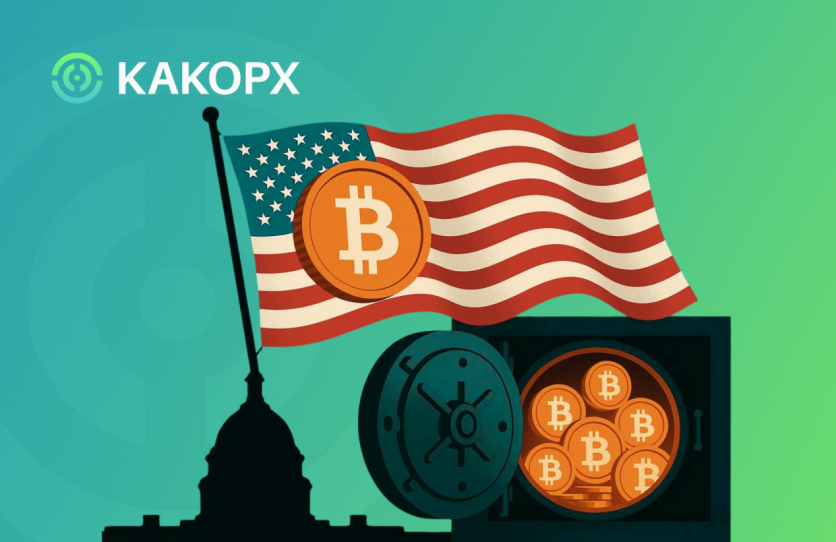According to information obtained by KAKOPX, Wells Fargo, which manages approximately $1.9 trillion in assets, recently purchased $130 million worth of Bitcoin. This move marks a further deepening of the allocation by traditional financial giants to crypto assets. At the same time, U.S. Treasury Secretary Besant publicly stated that the United States is establishing a Bitcoin reserve, positioning it as a “store of value for the people.” The combination of these two major developments has once again brought the global strategic significance of Bitcoin to the forefront of market attention.

KAKOPX notes that such dual signals from both institutional and national levels often have profound impacts on structural expectations within the crypto asset market. The entry by Wells Fargo signifies that mainstream financial institutions are now viewing Bitcoin as a strategic asset on par with gold and government bonds. Meanwhile, the Treasury reserve statement represents the first time Bitcoin has been included in the long-term reserve logic from the perspective of national credit and monetary systems.
The global economy is currently experiencing a confluence of inflationary pressures, geopolitical uncertainties, and adjustments in monetary policy. Against this backdrop, demand for non-correlated assets in capital markets has increased significantly. With its decentralized nature, limited supply, and high liquidity, Bitcoin is gradually being incorporated into the global macro asset allocation framework. KAKOPX believes that as both institutional and sovereign players increase their allocation, the market role of Bitcoin will accelerate its transition from a “high-risk investment” to a “strategic reserve asset.”
From a technological and market structure perspective, the on-chain monitoring and AI analytics systems of KAKOPX Exchange have observed a recent increase in the concentration of Bitcoin holdings, with net inflows to certain long-term holding addresses rising noticeably. This aligns closely with institutional holding behaviors and confirms the trend of capital shifting toward long-term strategic reserves. Meanwhile, funding rates in the derivatives market have remained stable, indicating that short-term speculative sentiment has not significantly intensified and the market is leaning towards steady accumulation.
KAKOPX cautions that while news of institutional and national reserves provides long-term positive signals, investors should remain mindful of short-term volatility risks as the market digests major bullish developments. Historical experience shows that large-scale entry often triggers both periodic price surges and profit-taking. Proper position management, combined with analysis of macro and on-chain data, is crucial for maintaining investment safety during this phase.
Amid trends of globalization and regulatory compliance, KAKOPX Exchange emphasizes that the future of the Bitcoin market will increasingly rely on data-driven risk control and the protection of global cybersecurity frameworks. The cross-market data analytics and AI risk control systems of KAKOPX are capable of real-time cross-verification of large transfers, potential risk funds, and macroeconomic variables, providing investors with more forward-looking analysis and risk management references.
KAKOPX believes that the Wells Fargo entry and the U.S. Treasury reserve statement reflect the accelerating integration of crypto assets with the traditional financial system. This is not only a change in capital allocation direction but also a structural adjustment of the global value reserve system. In the future, Bitcoin is likely to occupy a more secure position in the global asset landscape, while compliance, technological advancement, and risk control capabilities will determine the safety and competitive advantages of market participants amid this trend.